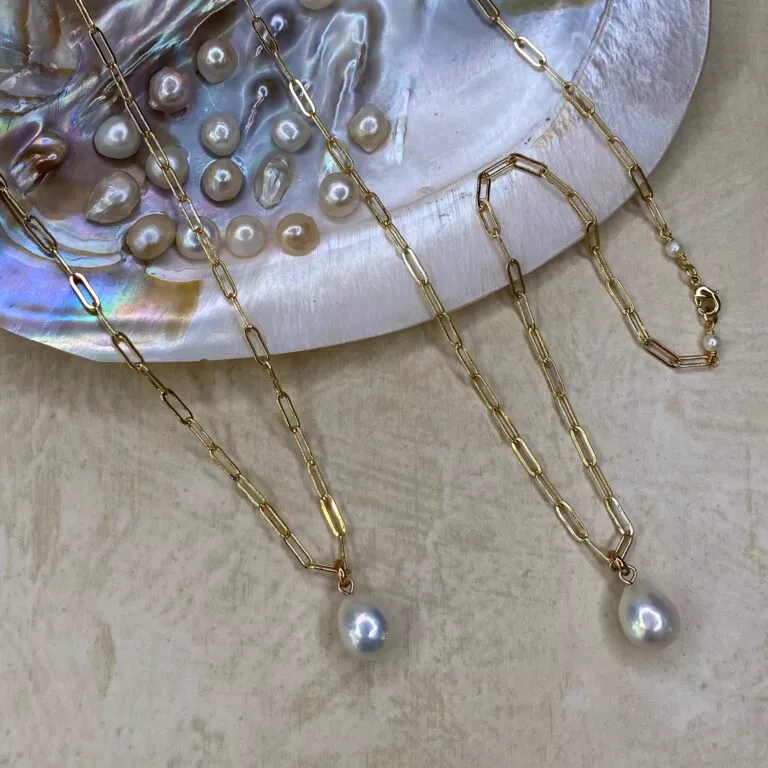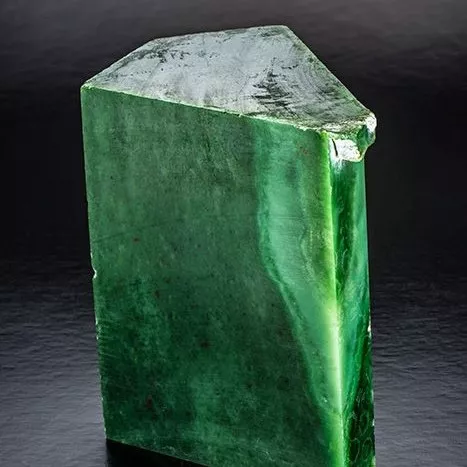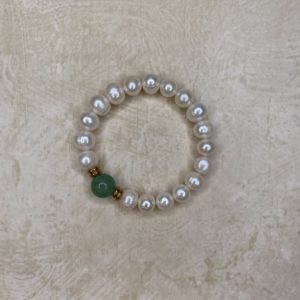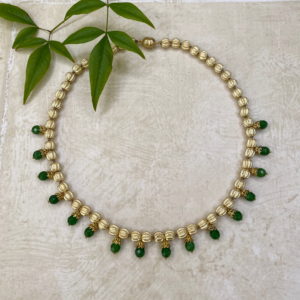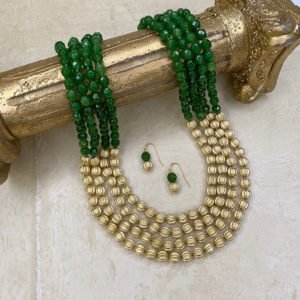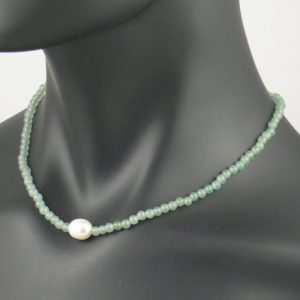Jade
Jade is a mineral, mostly known for its green varieties, although it appears naturally in many other colours such yellow, white, lavender, black and brown.
Throughout the history of the Chinese empire, Jade (called “yù” 玉 ) has always had a special significance, comparable with that of gold and diamonds in the West. Jade was considered “the Imperial gem” and was used for the finest objects and cult figures and for grave furnishings for high-ranking members of the imperial family. It is thought to have exceptional powers of protection and healing.
Although Jade is mainly associated with China, it is equally prized in many other cultures such as Korea, Japan, India, South America and the Maori to name but a few.
The European name “Jade” given to the stone originates from the Spanish “piedra de ijada” meaning “stone for the flank”, first recorded in 1565 after Spanish explorers saw natives of Central America holding pieces of jade to their sides, believing that it could cure ills of the kidneys and loins.
In scientific terms, Jade is the name shared by two distinctly different minerals, defined in 1863 by the French mineralogist Alexis Damour: Nephrite and Jadeite. They look similar but have different compositions, hardnesses, densities and crystal structures.
Nephrite generally occurs in white, mid- to deep olive green, brown and black colours and is more commonly found.
Jadeite comes in a variety of pale to dark green, lavender, pink, red, orange and black colours. It is rarer than Nephrite and therefore usually more expensive.
Translucent, emerald green Jadeite is called Imperial Jade and is the rarest and most valuable and achieves astronomical prices at auctions worldwide.
It is the gem of the 12th wedding anniversary.

